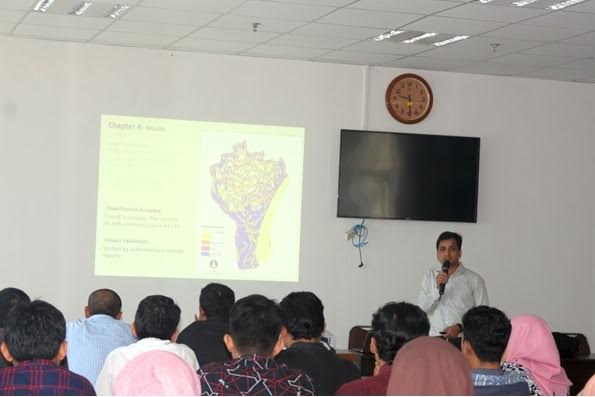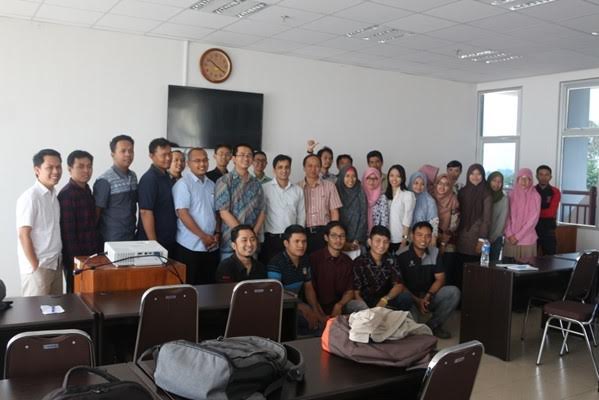Remote sensing technology is indispensable for area mapping, including in the disaster mitigation efforts. Remote sensing data and spatial analysis can be used as an effective tool for reducing the impact of natural disasters.
“Through remote sensing data, we can identify and map the post-disaster damage,” said Muhammad Al-Amin Hoque, Assistant Professor of the Department of Geography and Environment, Jagannath University Bangladesh, Thursday (13/10), at the Faculty of Geography UGM.
At the Ph.D Talk event organized by Master Program of Remote Sensing Faculty of Geography UGM, Hoque explained his research entitled “Cyclone Disaster Mapping, Monitoring and Management Using Satellite Remote Sensing and Spatial Analysis”.
He told the audience that in Bangladesh, especially in the Bengal Bay, tropical storm could occur 2-3 times each year which could cause many casualties and infrastructure damage. The tropical storm is unavoidable, but the casualties and infrastructure damage can be minimized.
“One of the tools that are crucial to help this process is the remote sensing data,” explained by the doctoral candidate of Remote Sensing Research Centre of The University of Queensland Australia.
Hoque said that beside being used for identification and mapping, remote sensing data can be used for monitoring before and after the disaster. Not only that, it can be used for disaster management as an evacuation route determination, determination of shelter, and others.
“Remote sensing can be used to create a model of future disaster vulnerability that can be adapted to climate change scenarios,” he said. (UGM / adelily)




